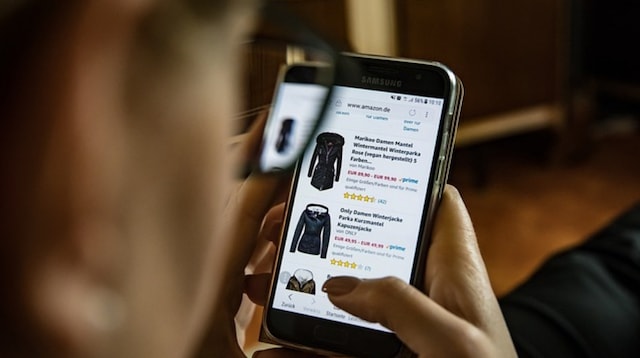Consumers are bombarded with hundreds of advertising messages every single day. So as a business owner, getting their attention can be difficult. This is where psychographic segmentation can help.
Throwing more money at the problem is no longer a solution. Time to get strategic.
Psychographic segmentation is a kind of research that sorts your customers into groups based on their shared characteristics. It’s a great way to learn why your target audience engages with your business, which in turn suggests how to best capture their interest.
Digging for gold with psychographic segmentation
The most successful businesses use psychographic research to increase sales by identifying their most profitable groups of customers. Here are just three high-value examples.
- Eco-conscious consumers.
- Early adopters.
- Those interested in health and fitness.
Before we describe each of these subgroups, let’s define exactly what psychographic segmentation is. Then keep reading to learn how to do it.
Psycho what?

Photo: Val Vesa on Unsplash
Psychographic segmentation is all about learning the values, personality traits, interests and opinions of your customer base.
For example:
- Do they have any religious beliefs?
- Do they value environmentally-friendly products?
- Are they concerned with their health and fitness?
- What type of cars do they drive?
- Are they married or the sole head of their household?
These are just some basic examples of questions you might use to survey your customers.
A few examples of psychographic segments
Depending on the size of your customer pool, you could divide it into many small groups. But the key is to identify your most profitable subgroups in order to tailor your ads and emails to them. Here are a few examples.
1. Eco-conscious consumers
If you’ve identified a group of customers who are interested in environmental sustainability, you’re on-trend. Nearly a third of urban Australians prefer products sold in eco-friendly packaging. Consumers across the globe expect companies to behave sustainably.
You can increase the chances that these customers will buy from you by communicating your sustainable values, along any earth-friendly ingredients used in your products. Put this front and center in any landing pages or emails you create for this subgroup.
You could also go further by:
- Using green as your colour when promoting your products
- Supporting not-for-profit sustainability groups
- Minimising your packaging or using only recycled shipping materials
All of these will earn you loyalty from this segment.
2. Early adopters
You may find that a group of your customers take great pride in being the first people to have a new product or service. These are the people who queue for hours whenever a new Apple product is released.
This group loves to be in on early releases, or betas in the case of software or apps.
You should promote your product using words like ‘new,’ ‘just in,’ ‘innovative’ and other relevant superlatives to attract these early birds. Highlight any next-gen features in your promotions as well.
3. Those interested in health and fitness

Another subgroup of consumers is conscious of their health and fitness. If you find a significant number of them among your customers, use images of healthy and fit people in your advertising and online.
Focus your messaging on how your products can help your target audience:
- Eat better
- Lose weight
- Exercise more regularly
But be careful not to make any ludicrous health claims. Subtle messages work best.
But how do you define your segments?
There are a number of low-cost ways that you can do it yourself. Here are just three ideas:
Do surveys
This is the obvious way of learning more about your customers and their characteristics in order to divide them into groups.
Try using software such as Google Forms, Survey Monkey or Typeform to put your survey together and then email it to your customer base. You can increase survey response by keeping the number of questions short and by offering a gift card or some other reward for completing it.
Use analytical tools
Your website collects a significant amount of data on your customers that you’re likely not utilising. Dig in to software such as Google Analytics and identify key information like:
- What content your customer browsed just before buying or signing up
- How they come to your website
- Which days and what time they visit in greatest numbers
- Whether they’re using your website on a mobile device, tablet or desktop
Schedule calls
You’re not going to be able to call every customer you have, nor will every customer want to talk to you. But look for key outliers and reach out to see if they could share some thoughts.
For example, let’s say you’ve determined that customers generally don’t come back until six months after their first purchase. You’ve also noticed you have a few customers returning only weeks after. Reach out to those faster-returning customers to find out why. You may identify a new and profitable subgroup.
Know more, sell more

The major goal of psychographic segmentation is to better understand your target audience and why they buy from you.
If you can learn more about your customers, then you’ll have the information you need to better promote your business, improve your product or service — maybe even improve your hiring.
So be proactive. Talk to your customers, survey them regularly, and reassess your subsets every year. If you target your promotions to your largest customer subsets, then your customer retention and profit margins will likely improve as well.





